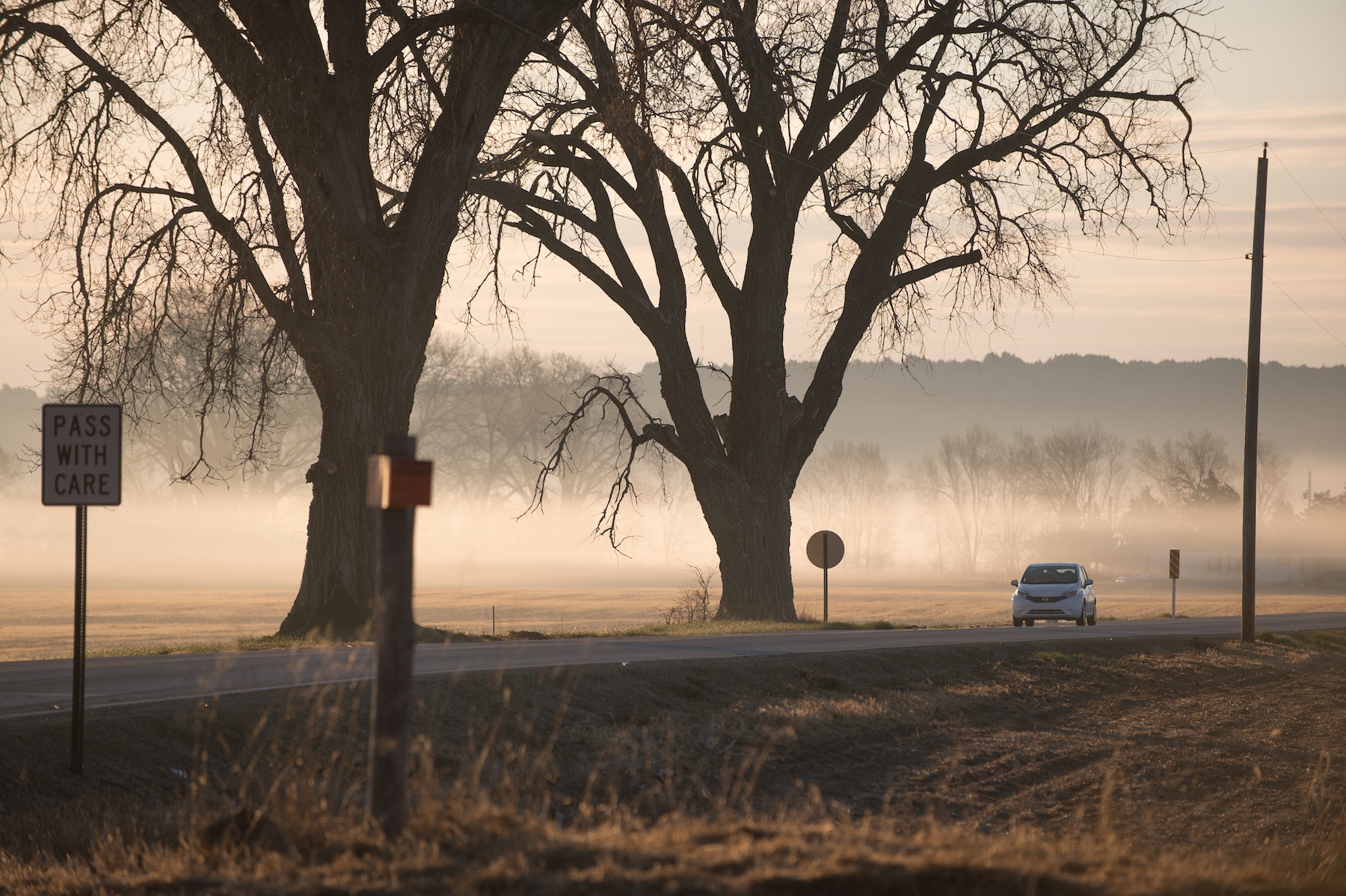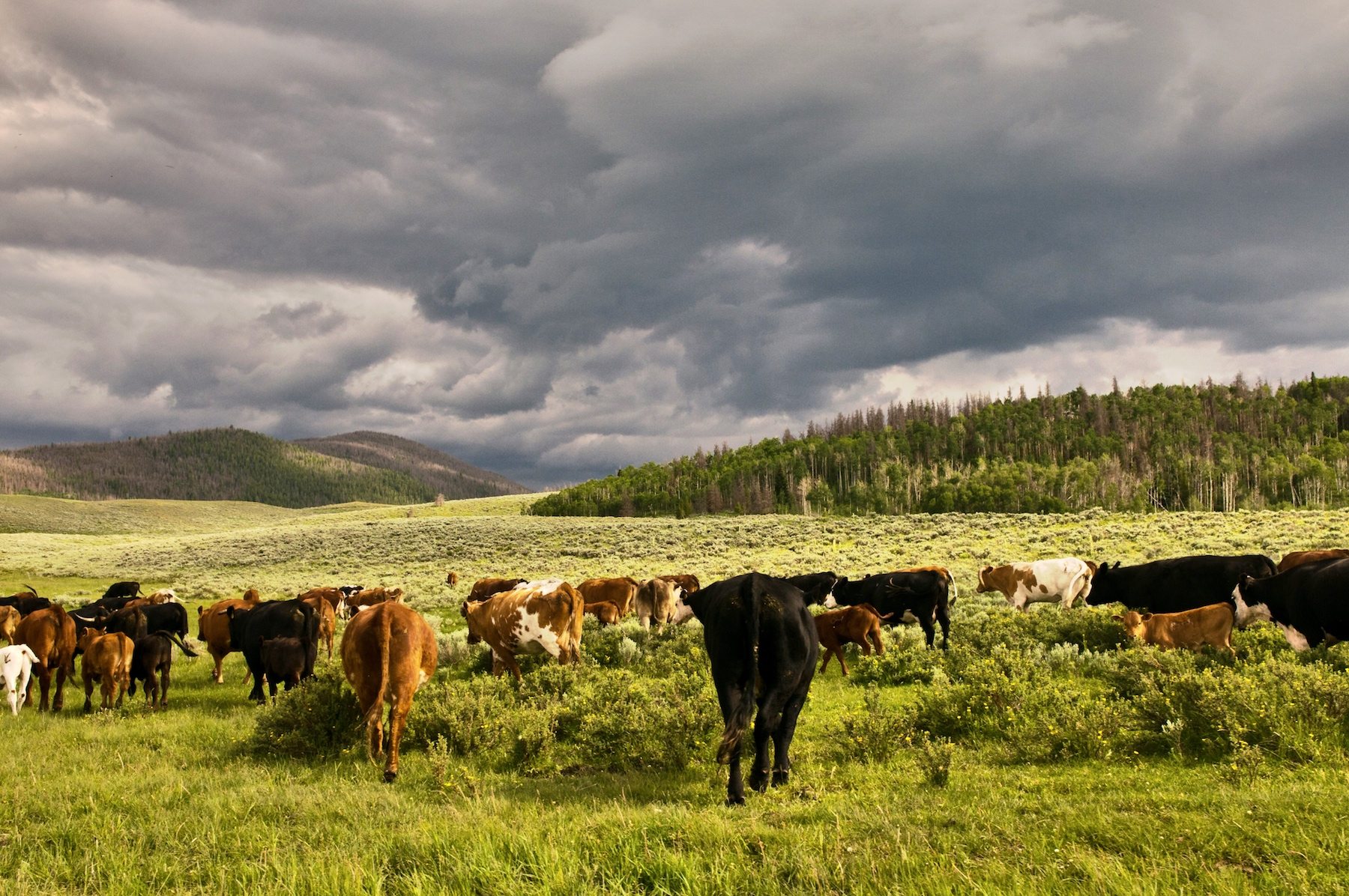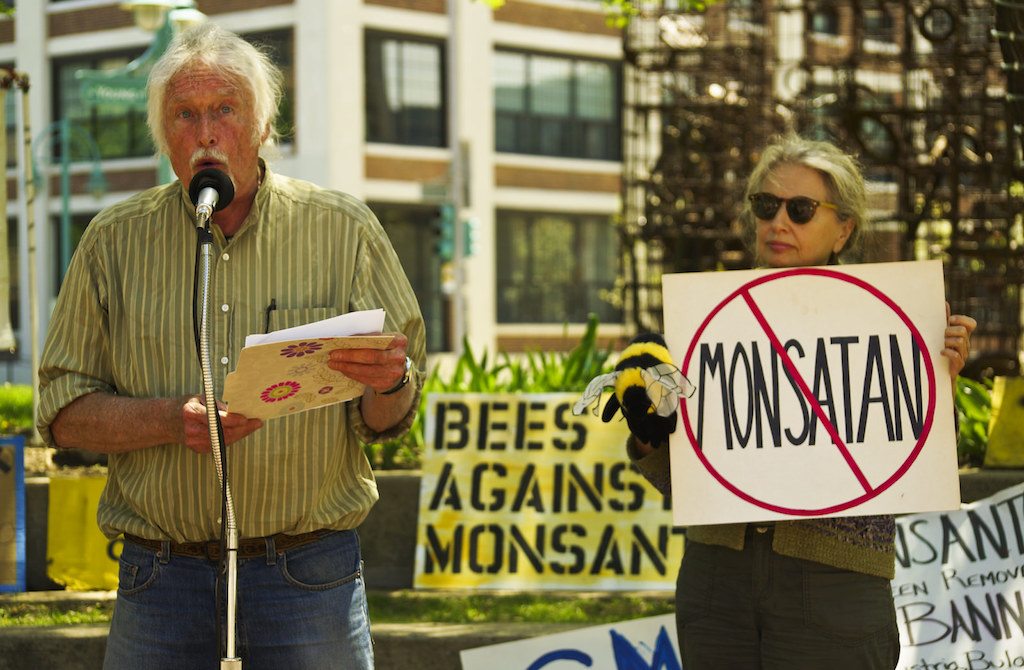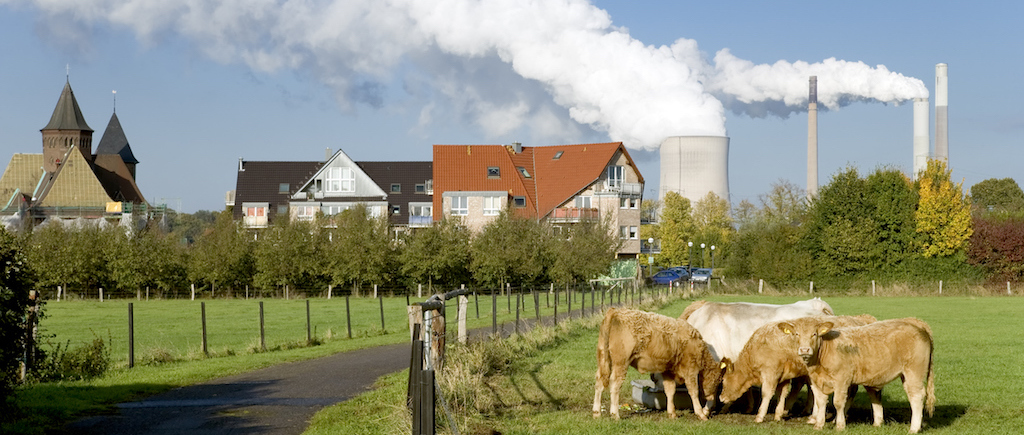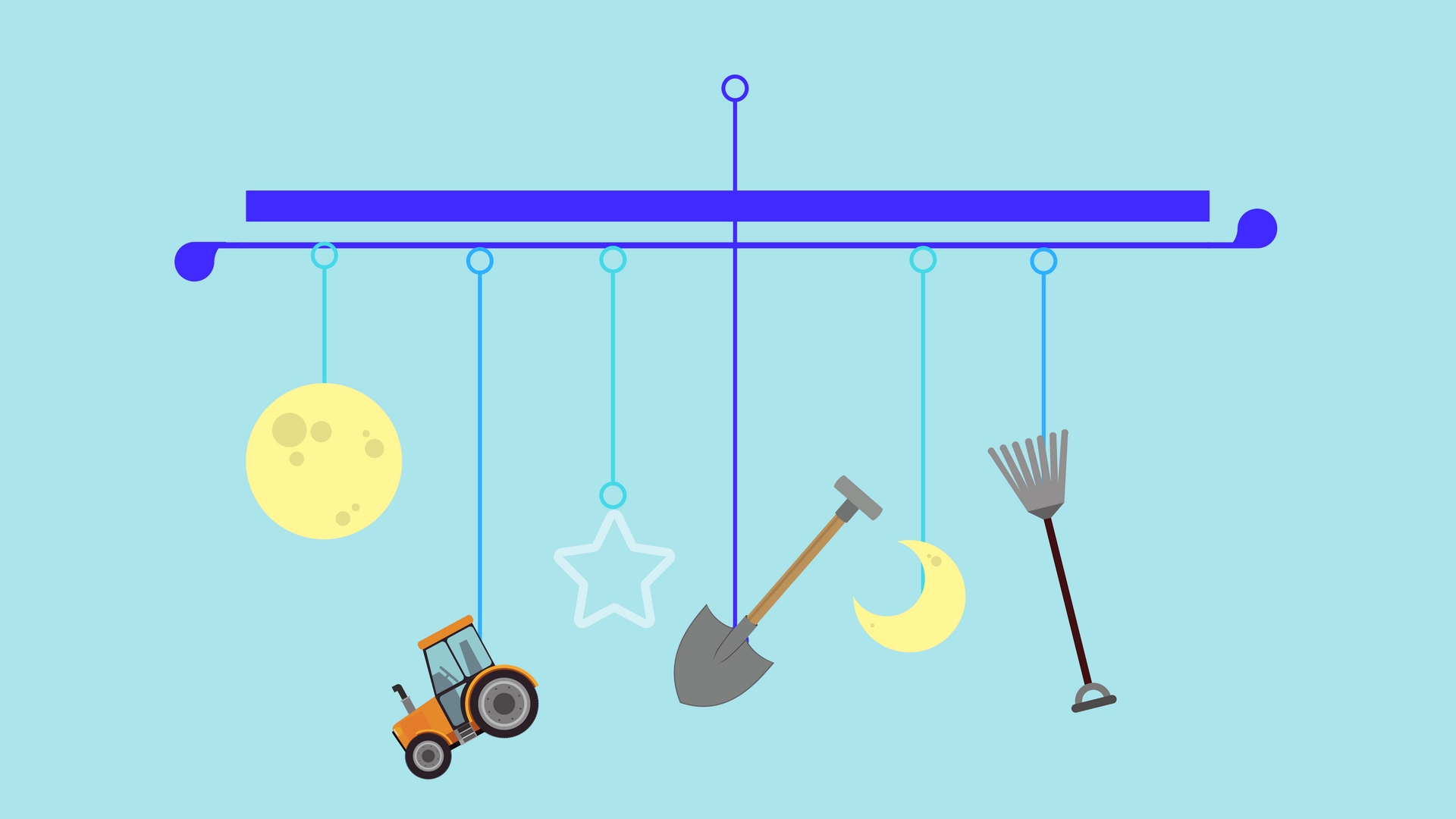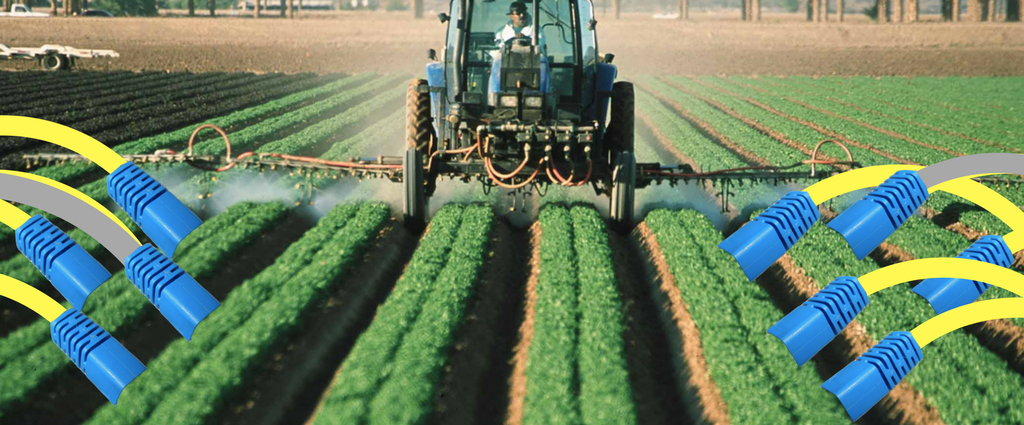
Hillary Bonhomme
To commemorate National Agriculture Day on Tuesday, Vice President Mike Pence took the stage in Washington, D.C., and said it was time to “make American agriculture great again.” Among the strategies? More broadband in rural America.
Study after study finds innumerable benefits and positive associations for households with digital connectivity. They have more access to business, employment, and education tools. They have higher incomes and fewer bouts of unemployment. And increasingly, securing access to government services, from federal student aid to Medicare, requires applying online.
But for the 82 percent of farm households that supplement their incomes with off-farm work, you could argue that consistent connectivity is even more crucial.
Seven years ago, the United Nations declared broadband access a human right. Though, in America, where only three-quarters of the population has a consistent high-speed connection, access is more like a “duty” or “productivity tool.” That gap may persist because, for the past decade, while politicians have been in general agreement that internet connectivity is important and more Americans need it, they’re just not sure how to universally roll it out.
Second, connectivity varies tremendously. Income is operative—according to Pew Internet, the poorer you are, the less likely you are to be using broadband at home—and so is where you live. Seventy-three percent of urban adults and 76 percent of suburban adults use broadband at home, compared to only 63 percent of rural adults, the same study finds.
John Windhausen, a former FCC staff attorney, says that rural Americans have inferior broadband to their urban counterparts because of the lower population density where they live. Rural counties are also poorer. So internet providers have to build physically larger networks to reach fewer customers who don’t have as much money to pay for services.
Want another reason? According to some rural broadband advocates, the telecommunications companies aren’t doing a good job.
Last month, as part of a big push to promote rural broadband connectivity, FCC published a new broadband map, which it intended as a tool to guide legislation and appropriations for federal funding of deployment. It paints an unsurprising picture. Across the country, big cities and their suburbs are served by multiple providers. Large swaths of the Great Plains, and southern states like Arkansas, Mississippi, and Alabama are not. But the data in the map were self-reported by internet service providers, prompting Commissioner Jessica Rosenworcel to call it all faulty, even in urban areas.
“All you gotta do is talk to somebody from the countryside and say, ‘All right, according to the FCC’s map, you can get 100 down, 10 up, from two different carriers. What in fact is available?’” says Marty Newell, referring to upload and download speeds.
Connectivity varies tremendously. Income is operative. So is where you live
Newell is chief operating officer for the Center for Rural Strategies, a nonprofit organization that advocates for rural broadband. He works in Whitesburg, Kentucky, in the Eastern Coal Field region of the state. Only 42 percent of the population where he is has access to a broadband connection. “You know you live in the country when your kids use up all the internet one day into the cycle,” Newell’s email signature reads. “Duh, the Xbox updated automatically.”
According to FCC’s map, which reflects data from December 2016, the county’s longtime telephone provider, AT&T, offers a download speed of 18 megabits per second. Newell says that data’s wrong, and the coverage is exaggerated, too.
“I just didn’t see it,” he says. “Most of those providers show coverage in parts of the county where I know there’s no service, where the lines stop at the mouth of the holler, or down by the main road, and they don’t run up to my nephew’s house.”
But that all changed, he says, when a wireless internet service provider (WISP) named Gigabeam installed relay towers on a city-owned parcel in the mountains. After its towers went up, AT&T and a regional cable company called Thacker-Grigsby both started offering true broadband speeds.
Windhausen, the former FCC staff attorney, says FCC only recognizes telecommunications carriers that can cover a whole “service area.” Generally, those areas are historically derived from coverage maps that those very same carriers, often longtime telephone companies, drew up themselves. Over time, those companies have evolved into now-familiar multi-service providers like AT&T and Verizon. Their size and ubiquity tip the balance of certification, and thus federal funding, toward them.
Almost always, says Roberto Gallardo, the assistant director of the Purdue Center for Regional Development, those funds go to major companies.
When the first round of FCC funding, otherwise known as Connect America Funds, was announced in 2012, it came with the goal of “quickly” providing bare-bones coverage to as much of the country as possible. The funding went entirely to large telecoms: AT&T, CenturyLink, FairPoint, Frontier, and Windstream, according to business information company FierceTelecom.
But that first round of funding was only intended to bring download speeds up to four megabits per second—a pretty low threshold—and it allowed the big carriers to use their pre-existing infrastructure to set up DSL connections. The slow speeds are one thing. Investing in already-outmoded technology could also be considered a waste of money.
For the second round of Connect America funding, announced in 2015, FCC upped the broadband requirements to 10-megabit download speeds—beyond what DSL could provide, but still well below the agency’s official definition of broadband.
In areas where the large “price cap carriers,” as big telecommunications companies are known, have declined to provide service, the FCC now is giving smaller incumbents, like rural electric cooperatives and cable companies, the opportunity to take on the job through an auction.
“What both sets of companies have is access to the rights-of-way, whether that’s space on telephone poles or trenches dug to everyone’s home,” Windhausen says of the electric co-ops and cable companies. “Once you have the conduit in there, there’s still the expense of pulling fiber through the conduit, but it’s less expensive than starting from scratch.”
This week, the commission began accepting applications from companies that may be interested in taking on these neglected areas, and is set to award funding to the lowest bidders later this year. A map of the census blocks to be served by the auction is available here. It’s basically the inverse of FCC’s broadband map. Big sections of Nevada, Idaho, Utah, and Arizona still don’t have 10-megabit speeds.
Both the Institute, and Newell, believe those major telecommunications carriers have too much influence in state legislatures. Newell, for one, is more tapped into funding opportunities from the United States Department of Agriculture (USDA), which are set to expand with the passage of the omnibus spending bill.
“If they’re not getting to those places, and they haven’t gotten to these places, why don’t we try something else?” he asks. “I don’t know if that’s a regulatory thing from the FCC, or a legislative thing from Congress. If it’s legislative, I know who’s got the biggest lobbying power.”
Applications to participate in FCC’s Connect America Fund auction are due at the end of the month. The agency expects to conduct the auction in July.


